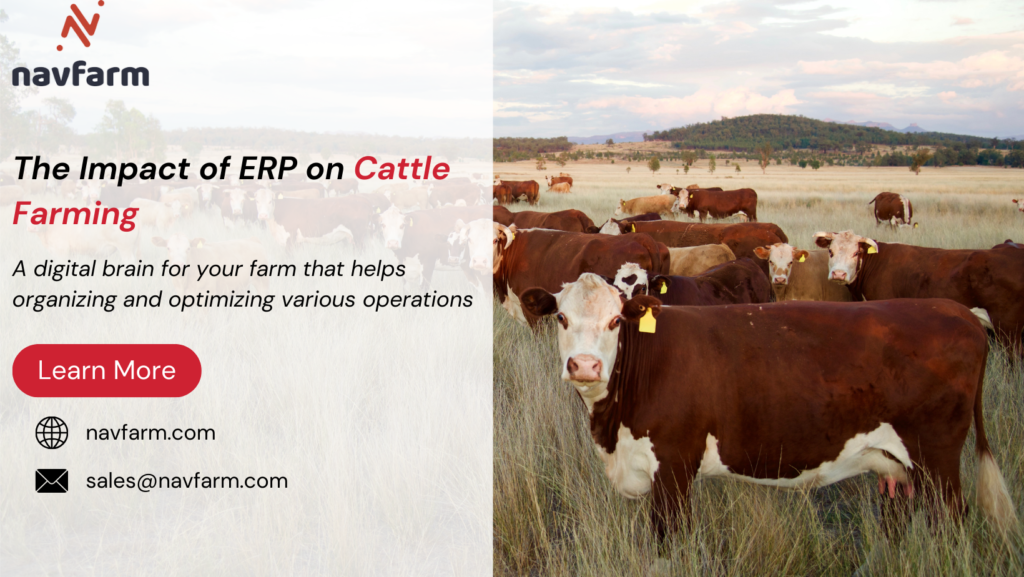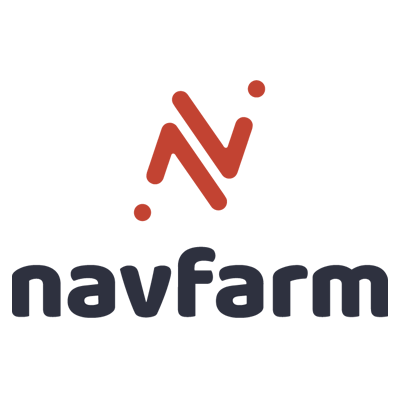
Welcome to the world of modern cattle farming! Today, we’re diving into the fascinating realm where cows aren’t just cows anymore—they’re part of a well-oiled machine. Ever heard of ERP systems? Well, hold onto your hats because these digital superheroes are changing the game in animal husbandry, making life easier and farms more efficient for ranchers.
Why Do you Need an ERP?
Imagine having one comprehensive tool that helps manage everything on a cattle farm – from tracking cattle health records and breeding data to managing feed inventory and financials. That’s what an ERP system does. It’s like a digital brain for your farm, organizing and optimizing various operations.
Why Do you Need an ERP?
Imagine having one comprehensive tool that helps manage everything on a cattle farm – from tracking cattle health records and breeding data to managing feed inventory and financials. That’s what an ERP system does. It’s like a digital brain for your farm, organizing and optimizing various operations.
The Impact of ERP on Cattle Farming
- Increased Efficiency By automating tasks and streamlining processes, ERP solutions save time and reduce manual errors. This efficiency boost allows farmers to focus more on animal care and farm management.
- Enhanced Animal Health Access to detailed health records ensures timely vaccinations and treatments, ultimately improving the overall health and well-being of the herd.
- Better Resource Utilization Optimized feeding plans and inventory management reduce wastage, leading to cost savings and more efficient resource utilization.
- Empowering Farmers ERP systems are designed with user-friendly interfaces, making them accessible to farmers with varying levels of technical expertise. This empowerment enables farmers to harness technology for better farm management.
Also Read : Microsoft Dynamics 365 for Aquaculture
Conclusion
In conclusion, ERP systems tailored for cattle farming represent a technological leap that significantly benefits the agricultural landscape. By centralizing data, streamlining processes, and offering valuable insights, these solutions empower farmers to make informed decisions, optimize resources, and ultimately enhance the well-being and productivity of their cattle. Embracing such innovative tools is not just a modernization of farming practices; it’s a step towards a more efficient, sustainable, and prosperous future for cattle farming.
